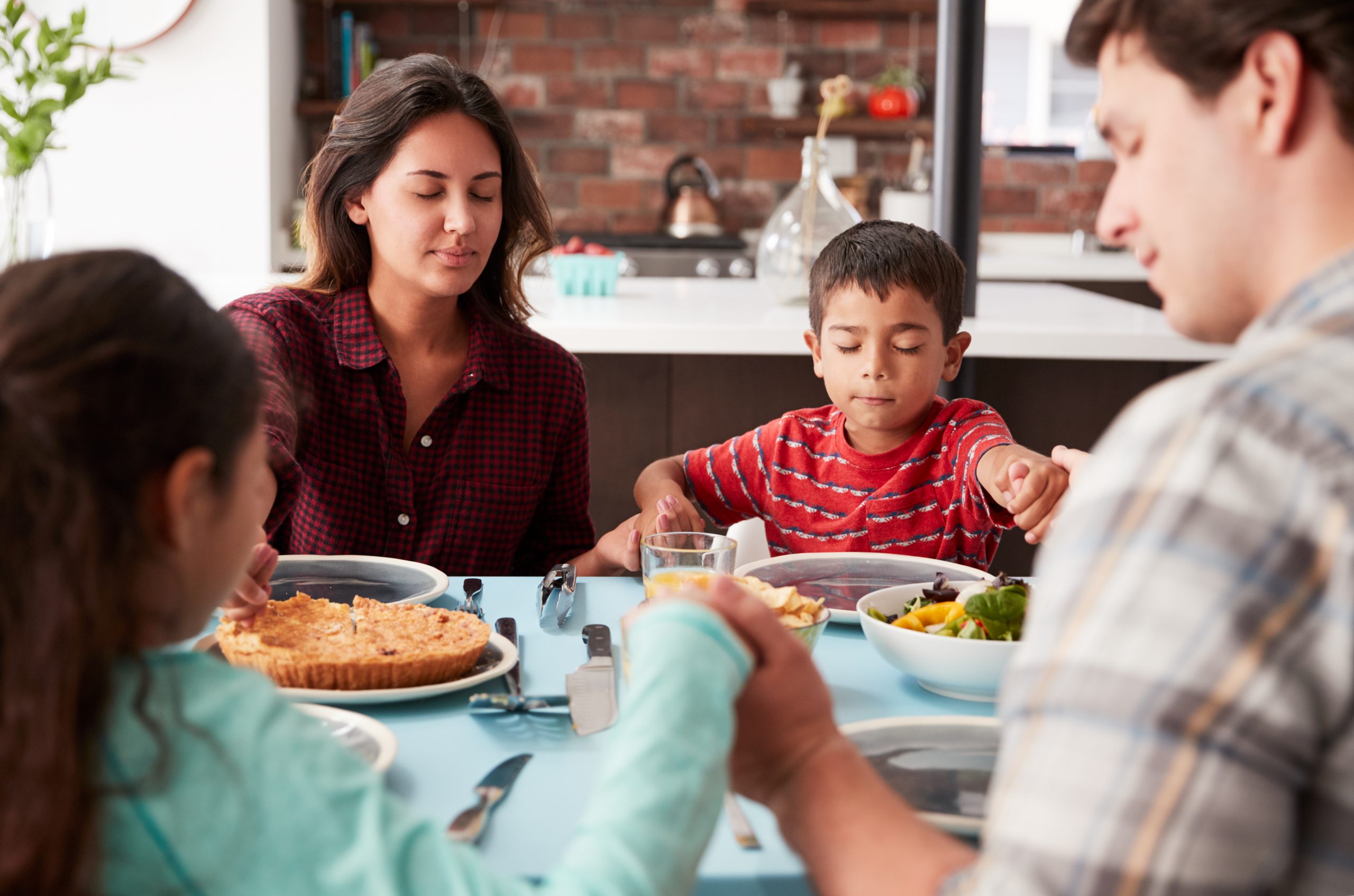By: Dave McClow

The “prodigal father” is the story of our time. It is the story of fatherlessness in our families. Pope Emeritus Benedict XVI is and has always been highly aware of the crisis of fatherhood and its implications for society (see my previous blog). He knows that when fatherhood is gutted, “something in the basic structure of human existence has been damaged” (The God of Jesus Christ, p. 29). But he is also supremely insightful about what happens in the family, both positively and negatively, because of fathers! Let’s start out with the problems:
PRODIGAL FATHERHOOD
“A theologian has said that to day we ought to supplement the story of the Prodigal Son with that of the prodigal father. Fathers are often entirely occupied by their work and give more wholehearted attention to their work than to their child, more to achievement than to gifts, and to the tasks implied by those gifts. But the loss of involvement of the father also causes grave inner damage to the sons” (God and the World, pp. 274-275).
I’m not sure why he leaves out daughters, but the effect is just as devastating for daughters. Are you leaving behind the gift of your children for busy-ness or business? Are you too task and achievement oriented? Part of this over-focus is the religious nature of our masculinity–our natural inclination toward sacrifice for a cause. This is masculine spirituality that is often not acknowledged by men or women. If men can’t relate to God as men, they turn to things which are not ultimate–that is, to things Scripture calls idols. This is why work, hobbies, and sports can become all-consuming.
Fear is another component of turning to non-ultimate things. Sometimes a lot of men view the murky waters of relationships and emotions at home like a foreign country to be feared. They would rather turn elsewhere to feel like a success. We need to invoke my vote for St. John Paul II’s #2 motto (after “Totus Tuus, Totally yours, Mary”), “Be not afraid!” We need to have courage! There is nothing wrong with work, hobbies, or sports, but they must be rightly ordered–they must not take precedence over people or God. Even virtues in the extremes become vice.
As Pope, Benedict XVI includes in the problem list broken families, worries, and money problems, along with “the distracting invasion of the media” in our daily life. All of these things “can stand in the way of a calm and constructive relationship between father and child.” “It is not easy for those who have experienced an excessively authoritarian and inflexible father or one who was indifferent and lacking in affection, or even absent, to think serenely of God and to entrust themselves to him with confidence” (General Audience, January 30, 2013).
ZEUS
He nails the problems of modern life including technology; and the perennial problems of fathers who can be excessively rigid, indifferent, lacking in affection, or even absent. These things damage our view of God and make it difficult to trust. Next, as Cardinal Ratzinger, he contrasts two very different fathers: Zeus and God the Father.
If we look for a moment at pagan mythologies, then the father-god Zeus, for instance, is portrayed as moody, unpredictable, and willful: the father does incorporate power and authority, but without the corresponding degree of responsibility, the limitation of power through justice and kindness (God and the World, pp. 274-275).
If you are the kind of father who wants your kids to obey just because you’re the father, you’re in the Zeus camp, which uses the power and authority of the role without the responsibility which limits that power through justice and kindness. This father uses domination and fear to lord it over the kids and demands obedience. Consequently, because they don’t like the master/slave relationship, the kids usually have a temper problem and find ways to rebel. Or as Protestant apologist Josh McDowell has aptly put it, “Rules without relationship leads to rebellion.” The master/slave idea is found more in Islam, a word which means submission. Allah is not a loving Father–in fact, this idea is blasphemous to a Muslim. Allah is an all-powerful God who must be obeyed.
GOD THE FATHER AS OUR MODEL
Zeus shows us how not to be a good father. The Pope Emeritus says that Scripture helps us know of “a God who shows us what it really means to be ‘father’; and it is the Gospel, especially, which reveals to us this face of God as a Father who loves” (General Audience, January 30, 2013). The Father uses power and responsibility with justice and kindness, which is a more relational approach. As Cardinal Ratzinger, he unpacks this idea:
The Father as he appears in the Old Testament is quite different [from Zeus], and still more in what Jesus says about the Father: here, power corresponds to responsibility; here we meet a picture of power that is prop erly directed, that is at one with love, that does not dominate through fear but creates trust. The fatherhood of God means devotion toward us, an acceptance of us by God at the deepest level, so that we can belong to him and turn to him in childlike love. Certainly, his fatherhood does mean that he sets the standards and corrects us with a strictness that manifests his love and that is always ready to forgive (God and the World, pp. 274-275).
So the Father loves us first (1 Jn.) and is devoted to us, and this love creates trust, acceptance, and belonging! It is only after loving us that he challenges us with his standards and correction; but even the challenge reveals more of his love for us. He is like a coach or teacher who sees our potential and is therefore hard on us. He is working for our good. This is rightly ordered parenting: deep and wide love and then challenge. Many fathers I work with start with the challenge and standards, skipping over the love part. But doing this reverses the way we are designed and messes up the family. To cut these fathers a break, this is probably how they were trained by their parents.
Psychologist Gordon Neufeld puts it a little differently as he answers the question, “What’s the easiest way to parent children?” His answer is not punishment, showing them who is boss, new skills, or even loving them. It is getting them to love you. He often asks, “When did your child give you his/her heart?” If the parent is in Zeus mode, his or her reply is only a blank stare. But when kids love you, they want to please you–it’s in their nature, and it’s the same with adults and God! This is what it means to become like children to enter the kingdom of heaven–when we give God our hearts in response to his love, we take correction more easily and experience discipline as a reconciliation–we are welcomed back home.
The Pope Emeritus continues his description of the Father: “God is a good Father who welcomes and embraces his lost but repentant son (cf. Lk. 15:11ff).” He is “a Father who never abandons his children [Ps. 27:10], a loving Father who supports, helps, welcomes, pardons and saves” and whose love opens the “dimensions of eternity.” This Fatherly love is “infinitely greater, more faithful, and more total than the love of any man.” And knowing this love through faith, “we can face all the moments of difficulty and danger, the experience of the darkness of despair in times of crisis and suffering….” Of course, “[i]t is in the Lord Jesus that the benevolent face of the Father…is fully revealed.” In and through Jesus we know and see the Father (cf. Jn. 8:19; 14:7, 14:9, 11). He is “the image of the invisible God” (General Audience, January 30, 2013).
SUMMARY
Pope Emeritus Benedict XVI has laid out both the problem and a theological solution: the problem is prodigal fatherhood, i.e., fatherlessness, in various forms, and the solution is God the Father as our model for fatherhood–“the Father, from whom every family in heaven and on earth is named” (Eph. 3:14-15). The contrast between Zeus and God the Father is striking and, from my vantage point as a pastoral counselor, insightful and helpful. The Pope Emeritus has even more practical thoughts on the topic, but they will have to wait for another day. With an epidemic of fatherlessness and our Faith’s revelation of a loving, tender, and challenging Abba, an interesting side point comes from the current Preacher to the Papal Household, Fr. Raniero Cantalamessa (in Life in the Lordship of Christ): “It’s sad that in the whole liturgical year there isn’t a feast dedicated to the Father.” Isn’t it time?
So, what kind of father are you? If you see yourself more as Zeus than God the Father, you were more than likely trained by a Zeus, and you need to pray and fast to “our Abba” for a deep experience of his fatherly love so that you can love as he loved us. The Catechism challenges us to tear down the idols of Zeus–the paternal images that stem from our personal history and distort God’s Fatherhood (see CCC 2779). And since the wound was created in community; the healing can only take place in community. So find a priest, a friend, a Catholic men’s group, or call us to help.
Credit to Dave McClow of CatholicExchange.










